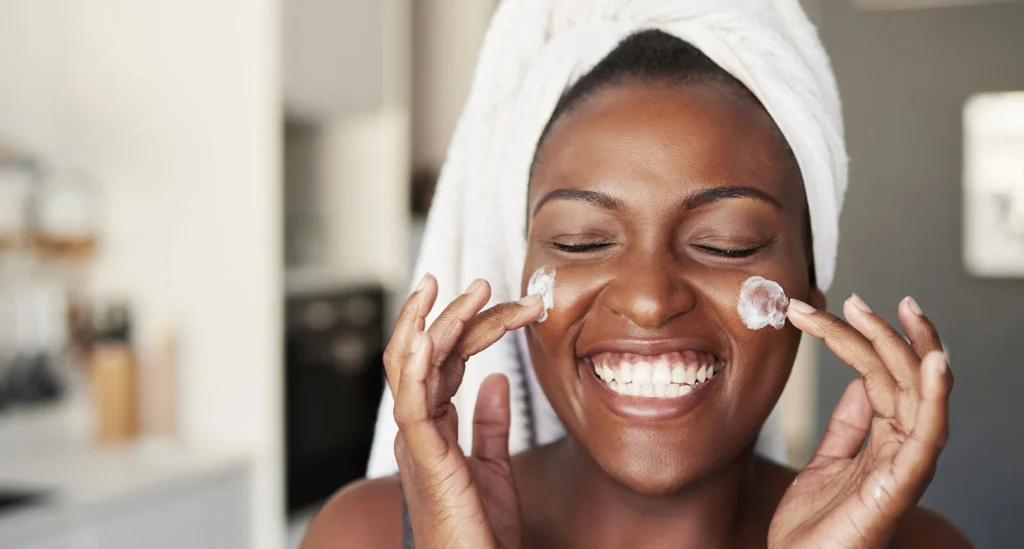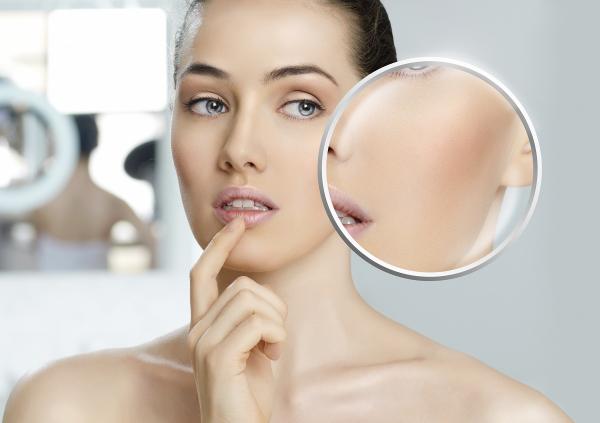Facial cleansing is one of the most essential steps in any skincare routine. Whether you have dry, oily, or combination skin, cleansing your face properly helps to remove dirt, oil, and makeup, ensuring your skin stays fresh and healthy. Proper cleansing can also prepare your skin to better absorb other skincare products, such as toners, serums, and moisturizers, enhancing their effectiveness. In this article, we’ll walk you through the steps to effectively cleanse your face and maintain glowing, clean skin.
Want to know 7 skincare tips you can use to protect your skin during the summer? Click here: https://beautyfemina.com/skincare-tips-for-summer/ for more details!

Why is Facial Cleansing Important?
Your skin is exposed to numerous environmental factors every day, including pollutants, dirt, bacteria, and makeup. Over time, these substances can accumulate on the surface of your skin, clogging pores and causing issues like breakouts, irritation, and dullness. Regular cleansing helps to remove these impurities and keep your skin clear and rejuvenated.
Cleansing also helps maintain the skin’s natural balance, ensuring it stays hydrated while removing excess oils that could lead to acne. It’s not just about removing makeup—cleansing also supports healthy skin turnover and promotes a clearer complexion.
Steps for a Proper Facial Cleansing Routine
1. Choose the Right Cleanser for Your Skin Type
The first step in any facial cleansing routine is choosing the right cleanser for your skin type. Different skin types require different types of cleansers to ensure your skin is thoroughly cleaned without being stripped of essential moisture.
- For oily skin: Opt for a gel-based or foaming cleanser that can remove excess oil and mattify the skin.
- For dry skin: Choose a creamy, hydrating cleanser that will cleanse without causing your skin to feel tight or dry.
- For sensitive skin: Look for a gentle, fragrance-free cleanser that won’t irritate the skin.
- For combination skin: You might benefit from a mild gel or cream cleanser that provides a balanced level of hydration without over-drying any areas.
Using the wrong cleanser can lead to dryness, irritation, or increased oil production, so selecting a product that matches your skin’s needs is crucial.
2. Remove Makeup Before Cleansing
If you’re wearing makeup, it’s essential to remove it before starting the actual facial cleansing process. Makeup removers or micellar water are great tools for this step. Using a cotton pad or your fingers, gently wipe away makeup, paying attention to the eyes and lips, where makeup tends to be more stubborn.
Even if you don’t wear makeup, it’s important to remove dirt and oil that has built up throughout the day. Micellar water is a great option for a quick and effective first cleanse.
3. Wet Your Face with Lukewarm Water
Before applying the cleanser, splash your face with lukewarm water. Avoid using hot or cold water, as extremes in temperature can irritate your skin. Lukewarm water helps to open up pores, allowing the cleanser to penetrate more effectively. This will help loosen any trapped dirt and oil, ensuring a thorough cleanse.
4. Apply the Cleanser
Take a small amount of your chosen cleanser and lather it between your hands. Gently massage the cleanser onto your face using circular motions. Start from your forehead and work your way down to your neck, ensuring that you’re not pulling or tugging at your skin.
Spend around 30 seconds to a minute massaging the cleanser in, focusing on areas that may be prone to oil or dirt buildup, like your T-zone (forehead, nose, and chin). Be gentle, especially around sensitive areas like the eyes, as the skin is more delicate there.
5. Rinse Your Face Thoroughly
After massaging the cleanser into your skin, rinse it off with lukewarm water. Be sure to remove all the cleanser to avoid any residue that might clog pores or cause irritation. Use your hands to splash water on your face or gently use a soft washcloth to wipe it away.
Make sure your face feels clean and fresh, but not tight or dry. If your skin feels stripped after the facial cleansing, you may need to try a different cleanser or adjust your routine to include more hydrating products.
6. Pat Your Face Dry
Once you’ve rinsed your face, use a clean, soft towel to gently pat your skin dry. Avoid rubbing your face, as this can cause irritation. Patting helps to preserve the skin’s moisture balance and prevents unnecessary friction that could cause redness or sensitivity.
7. Follow Up with a Toner (Optional)
Toners can be a beneficial addition to your cleansing routine, especially if you have oily or acne-prone skin. They help to balance the skin’s pH, tighten pores, and remove any remaining impurities after cleansing.
Apply toner with a cotton pad and gently sweep it across your face, focusing on the T-zone. Toners with soothing ingredients like witch hazel or aloe vera are great for calming the skin, while others with salicylic acid can help to clear pores and fight breakouts.
8. Moisturize to Lock in Hydration
No matter your skin type, moisturizing is crucial after cleansing. Cleansing removes dirt and impurities, but it also strips the skin of some of its natural oils, so moisturizing afterward helps to replenish the skin’s moisture barrier.
Choose a moisturizer suitable for your skin type—lighter, oil-free moisturizers for oily skin, and richer creams for dry skin. Apply a generous amount to your face and neck, massaging it in gently. Don’t forget to apply moisturizer around your eyes, where the skin tends to be the thinnest and most delicate.
9. Consider Adding a Weekly Exfoliation (Optional)
While doing a daily facial cleansing is essential, adding an exfoliating step once or twice a week can help remove dead skin cells, promote skin renewal, and keep your complexion smooth. Exfoliate with a gentle scrub, chemical exfoliant, or exfoliating mask that suits your skin type.
Conclusion
A proper facial cleansing routine is the foundation of any effective skincare regimen. By removing dirt, oil, and makeup from your skin, you help to prevent clogged pores, breakouts, and dullness. With the right cleanser, a gentle touch, and a consistent routine, you can maintain fresh, glowing skin all year long. Remember, the key to a successful facial cleansing routine is not just the products you use, but the way you apply them—be gentle, patient, and consistent, and your skin will thank you!
And when your finished, check out this article on choosing the right moisturizer for your skin type. https://goodtomicha.com/best-moisturizer-guide-review/

